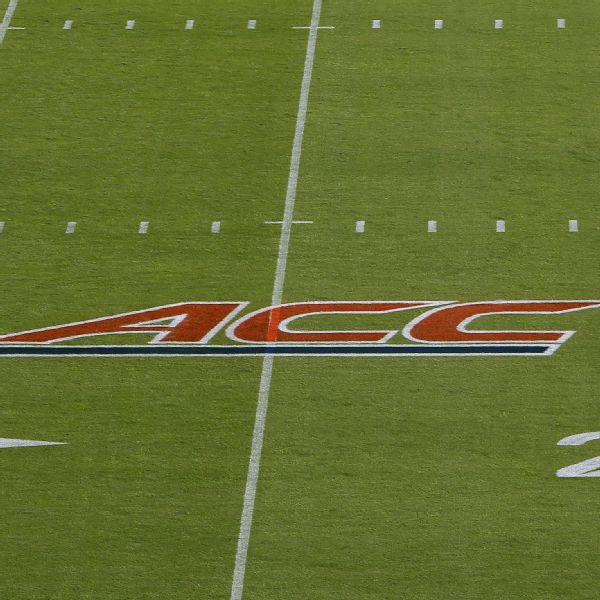
ACC leaders are set to begin exploratory discussions on the potential additions of Cal and Stanford to the conference, sources told ESPN on Monday.
Sources cautioned that the two scheduled discussions are in the embryonic stages — one call slated with the ACC athletic directors and a separate call with the league’s presidents that will play out on Monday and Tuesday.
With the Pac-12 down to just four schools after the defection of five universities on Friday, the four remaining schools — including Cal and Stanford — are scrambling to find places to land. Both have elite academic reputations and Stanford consistently has the country’s best top-to-bottom athletic department, but the reverberations of realignment have left them at a crossroads.
There will be headwinds to a move for Cal and Stanford to the ACC, as sources on Monday cautioned about the complexities involved.
“It’s complicated,” an ACC source said. “There’s a significant travel expense. I think it’s going to be all over the board with both the ADs and the presidents in what they may want to do. [Cal and Stanford] would likely have to take a reduced share. Eventually, though, they’re going to want to become a full share.”
Finances will be pivotal in the discussions. The ACC is locked into a television deal with ESPN through 2036 that multiple members have publicly griped about being constrictive financially for long-term success. The deal projects to put schools like FSU and Clemson nearly $30 million annually behind schools in the SEC and Big Ten.
The latest outburst came last week from Florida State, whose president and board members orchestrated a rare public outcry — threatening to leave if more money from the ACC’s current deal isn’t shifted toward FSU.
The potential additions of Cal and Stanford do not project to be financial game-changers, per sources. And while the addition of the academic prestige of schools like Cal and Stanford would certainly excite some ACC presidents, the fiscal upside appears limited.
“There’s no windfall for the current members,” the ACC source said, indicating that it’s hard to envision any scenarios where it would be significantly additive for the current schools.
As the Pac-12 crumbled last week, there were talks and ideas exchanged between as many as seven Pac-12 schools and the ACC for potentially merging, adding schools or doing something with scheduling. There were formal talks, per sources. But none appeared to be ultimately grained in reality for fiscal reasons.
For Stanford and Cal, no ideal options exist. They’ve worked together on some options with Oregon State and Washington State, the other two remaining members of the Pac-12. The academic prestige of Stanford and Cal could give them more options.
Among them, those four schools have looked at adding a few other schools to get the league over six programs for next year, which could in theory keep NCAA units and some form of CFP payout. They’d then build a West Coast-based league once the buyout from Mountain West schools is reduced after the 2024-25 season. They’d have to potentially look to AAC or Sun Belt schools in Texas for immediate members, but the allure of a partnership with such prestigious academic schools would at least cause presidents to listen.
The ACC is at 14 full-time football members. As of next season, the Big Ten is up to 18, the Big 12 is up to 16 and the SEC is also up to 16 members.












